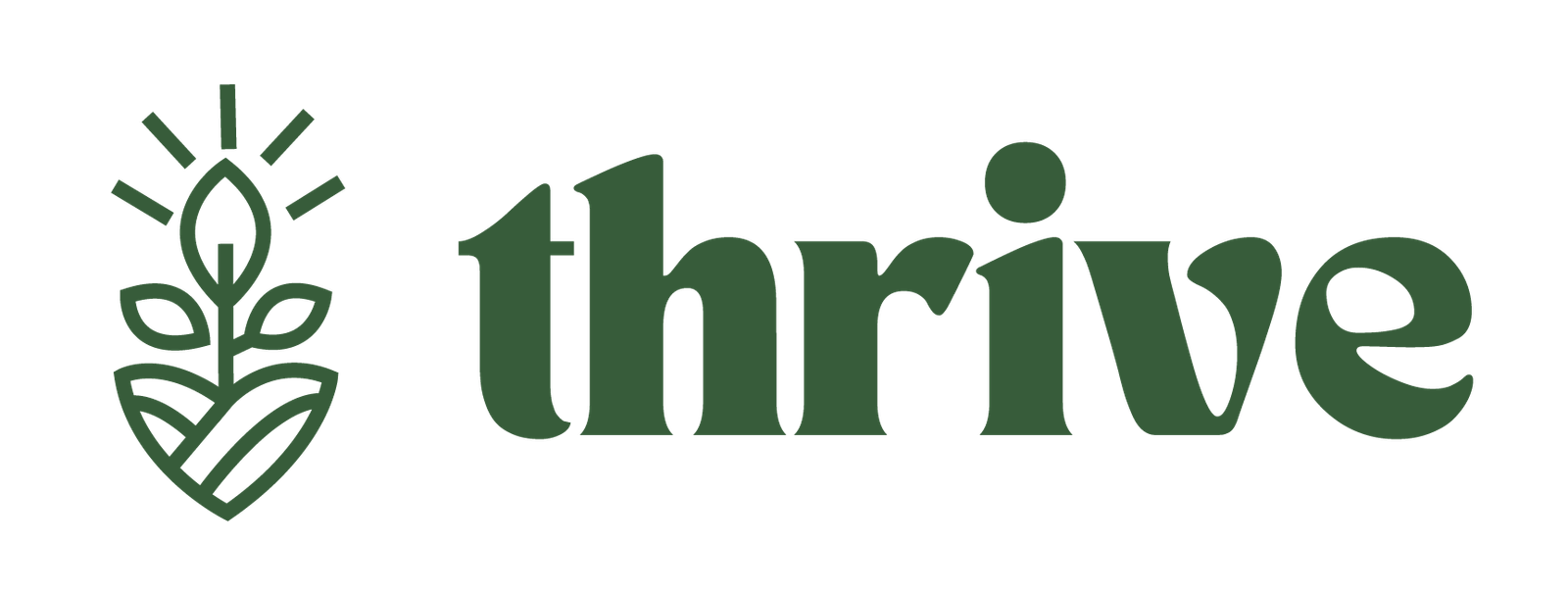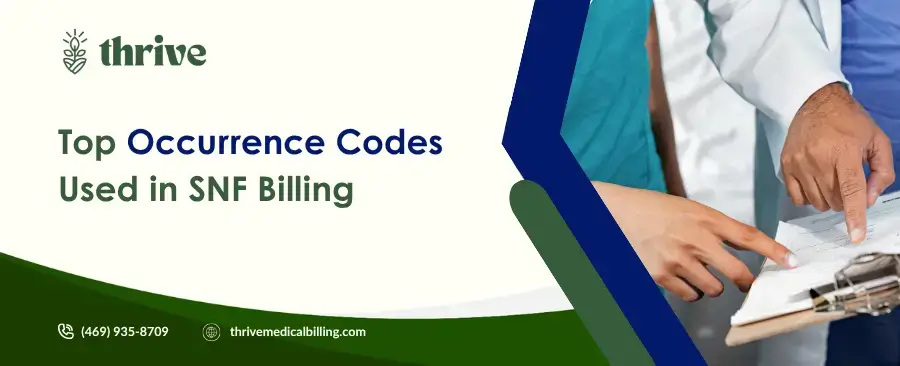In the world of healthcare billing, Skilled Nursing Facilities (SNFs) face unique challenges when it comes to accurate claim submissions. One critical aspect that often determines the success of Medicare reimbursements is the proper use of occurrence codes. These codes help document key events in a patient's care journey, ensuring compliance with Medicare guidelines and preventing costly denials. If you're involved in SNF billing, understanding the top occurrence codes can streamline your processes, reduce errors, and optimize revenue cycle management.
Whether you're a billing specialist, administrator, or healthcare provider searching for "common occurrence codes in SNF billing" or "Medicare SNF occurrence codes explained," this guide breaks it all down. We'll explore what these codes mean, why they're essential, and how to apply them effectively in your claims.
What Are Occurrence Codes in SNF Billing?
Occurrence codes are alphanumeric identifiers used on UB-04 claim forms to report specific dates or events related to a patient's treatment. In SNF settings, they provide context for Medicare about when certain services started, ended, or changed, which directly impacts payment decisions. These codes originated in the 1980s with the UB-82 form and have evolved to meet the complexities of modern healthcare regulations.
Unlike revenue codes or CPT codes, occurrence codes focus on timelines and circumstances, such as hospital stays or therapy initiations. Missing or incorrect codes can lead to claim rejections, delays in payment, or even audits. According to industry experts, proper medical coding can reduce denial rates by up to 20%, making it a cornerstone of efficient SNF revenue cycle management.
Occurrence span codes, a related category, cover date ranges for events like leaves of absence or prior stays. While distinct, they're often used alongside occurrence codes in SNF claims to paint a full picture of patient care.
Experience the Best Medical Billing Services
Discover how our experts can improve your revenue cycle management
Top Occurrence Codes Used in SNF Billing and Their Meanings
Based on Medicare guidelines and common practices in skilled nursing facilities, here are the most frequently used occurrence codes. We'll explain each one, including when to use it and its impact on billing.
Occurrence Code 22: Date Active Care Ended
This code indicates the last day a patient received skilled nursing or rehabilitation services. After this date, Medicare coverage typically ends unless a new qualifying event occurs. It's crucial for claims where the patient transitions to custodial care while still in the facility. Incorrect use can result in overbilling or denials.
Occurrence Code 50: Assessment Reference Date (ARD)
Code 50 marks the date of the Minimum Data Set (MDS) assessment, which is vital for care planning and determining billing periods under the Patient-Driven Payment Model (PDPM). It ensures services align with the patient's documented needs. Omitting this code often leads to mismatches in reimbursement calculations.
Therapy-Related Occurrence Codes
Therapy services are a core component of SNF care, and these codes document their planning and start dates to justify medical necessity:
- Code 29: Date the physical therapy plan was established.
- Code 35: Date physical therapy treatment began.
- Code 17: Date the occupational therapy plan was established.
- Code 44: Date occupational therapy treatment began.
These codes are essential for proving timely service delivery and avoiding reimbursement delays.
Common Occurrence Span Codes in SNF Billing
While not strictly "occurrence codes," span codes are often grouped together in discussions of SNF billing due to their similar role in claim processing. Here are the top ones:
Occurrence Span Code 70: Qualifying Hospital Stay
This code reports the date range of a patient's prior inpatient hospital stay (at least 3 days within 30 days before SNF admission) to qualify for Medicare coverage. It's a must-have for initial claims; errors here are a leading cause of denials.
Occurrence Span Code 74: Leave of Absence (LOA)
Used for temporary absences, such as hospital visits or personal leaves, this code specifies "from" and "through" dates when the patient wasn't in the facility. It prevents billing for non-provided days and maintains accurate records.
Occurrence Span Code 77: Provider Liability Period
This indicates periods where the SNF is financially responsible for care due to errors or authorization issues. It helps clarify costs during audits and ensures Medicare isn't billed inappropriately.
Occurrence Span Code 78: SNF Prior Stay Dates
For readmissions within 60 days, this code details previous SNF stays to determine if it's part of the same benefit period. Proper use ensures correct counting of coverage days.
| Code | Description | When to Use | Impact on Billing |
|---|---|---|---|
| 22 | Date Active Care Ended | End of skilled services | Prevents overbilling for custodial care |
| 50 | Assessment Reference Date | MDS assessment date | Aligns billing with care plans |
| 29/35/17/44 | Therapy Plan/Treatment Dates | Start of PT/OT | Justifies therapy reimbursements |
| 70 (Span) | Qualifying Hospital Stay | Prior 3-day hospital stay | Qualifies for Medicare coverage |
| 74 (Span) | Leave of Absence | Temporary absences | Avoids billing non-service days |
| 77 (Span) | Provider Liability Period | Facility-responsible periods | Clarifies audit responsibilities |
| 78 (Span) | SNF Prior Stay Dates | Readmissions within 60 days | Tracks benefit periods accurately |
Best Practices for Using Occurrence Codes in SNF Claims
To maximize practical value, here are actionable tips:
- Stay Updated on Medicare Changes: Review CMS guidelines regularly, as codes can evolve.
- Train Your Team: Ensure billers understand the difference between occurrence and span codes.
- Use Billing Software: Automated tools can flag missing codes and reduce errors.
- Audit Claims: Regularly check for common issues like incorrect dates in Code 70.
- Outsource if Needed: For complex SNF billing, consider professional services to handle coding and compliance.
Conclusion: Mastering Occurrence Codes for SNF Success
Mastering the top occurrence codes in SNF billing isn't just about compliance—it's about securing timely payments and improving operational efficiency. By accurately documenting events like care endings, assessments, and prior stays, you can minimize denials and enhance your facility's financial health. If you're dealing with frequent claim issues, consulting experts or investing in training could be your next step.








